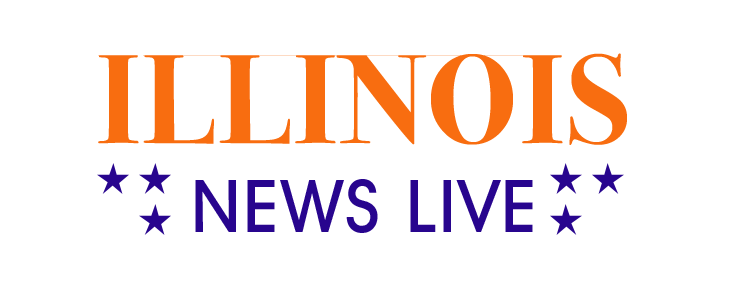Gamification In E-Learning: Myths Debunked
Gamification in eLearning can be understood as the process of introducing game-based mechanics and features into the learning systems of the organisation to create real-life experiences that are similar to those of playing games. It is based on people’s behavioural patterns and has the ability to influence their decisions directly.
Over time, it has become one of the fastest-growing and most successful trends in the eLearning industry. The major reason behind this immense popularity is its ability to make learning more interactive and engaging. Leading learning management systems, such as WorkRamp, come equipped with features like badges, reward points, and leaderboards, etc that allow course developers to create interesting educational content regardless of the audience or subject matter.
These elements also improve the user experience and motivate learners to act in a specific manner. As a result, the end-user is more likely to participate in the process and be motivated to repeat the desired behaviour or activity in the future. Gamification has also proven to have a positive impact on retention. Simple and game-based learning leads to improved focus which in turn enhances knowledge retention among learners.
Furthermore, because of the immediate feedback associated with gaming, many professionals in both education and application development regard gamification as a game-changing eLearning trend. However, there are also many myths and misconceptions about gamification that prevent organisations from successfully incorporating it into their training programmes.
In this article, we will debunk some of these myths. So without wasting any more time, let’s get started!
Myth 1: It’s Only About Adding Badges And Leaderboards.
The biggest myth about gamification in eLearning is that it simply means adding some badges or leaderboards to your online course. Unsurprisingly, it is not. Gamification encompasses more than just badges, rewards or leaderboards. While these elements are an important part of gamification strategy, they need to be used strategically in training programmes.
You cannot distribute badges every time an employee completes a course. Instead, your gamification strategy should align with your training goals. For example, if you want to improve collaboration among your employees, then you should offer a badge to an employee when he participates in a knowledge-sharing activity. Alternatively, you can offer extra reward points to the employees who voluntarily worked as a team to complete an assignment. Such actions will encourage other employees to work in teams as well.
Apart from this, organisations should also focus on intrinsic motivation or driving learners engagement through internal rewards.
Myth 2: It Is Only For New-Age Learners.
Another common misconception about gamification is that it is beneficial only for millennials or centennials. It is believed that the older generation is more inclined towards classroom-based in-person training and thus, will not participate in gamified eLearning. However, this is not entirely true.
While the learners belonging to the older generation are slightly reluctant about using online learning platforms, if addressed properly, they can benefit from them just as much as millennials. Now, as far as specifically gamification is concerned, there is no age barrier to its application. If mobile games can appeal to people of all ages, so can gamified learning.
At its core, gamification aims at encouraging a desired behavioural change in the learners and motivating them to participate in the training programme more effectively. Fortunately, motivation works the same for every human, regardless of age. Therefore, whether your workforce has millennials, centennials or baby boomers, gamification can appeal to all.
Myth 3: Gamification Is Same As Game-Based Learning
Gamification and game-based learning are two terms that are frequently used interchangeably. Unfortunately, they are two completely different things.
As discussed above, gamification is the process of introducing game-based mechanics and features into the learning systems to create real-life experiences that are similar to those of playing games. On the other hand, game-based learning is the process of developing new skills through a game.
In other words, game-based learning involves learning by playing a game whereas gamification means incorporating gaming aspects into standard training or learning exercises.
Conclusion
Gamification is far from being a passing trend. It’s going to stick around for a while. So, you should stop believing in these myths and incorporate gamification elements into your training programme confidently.

